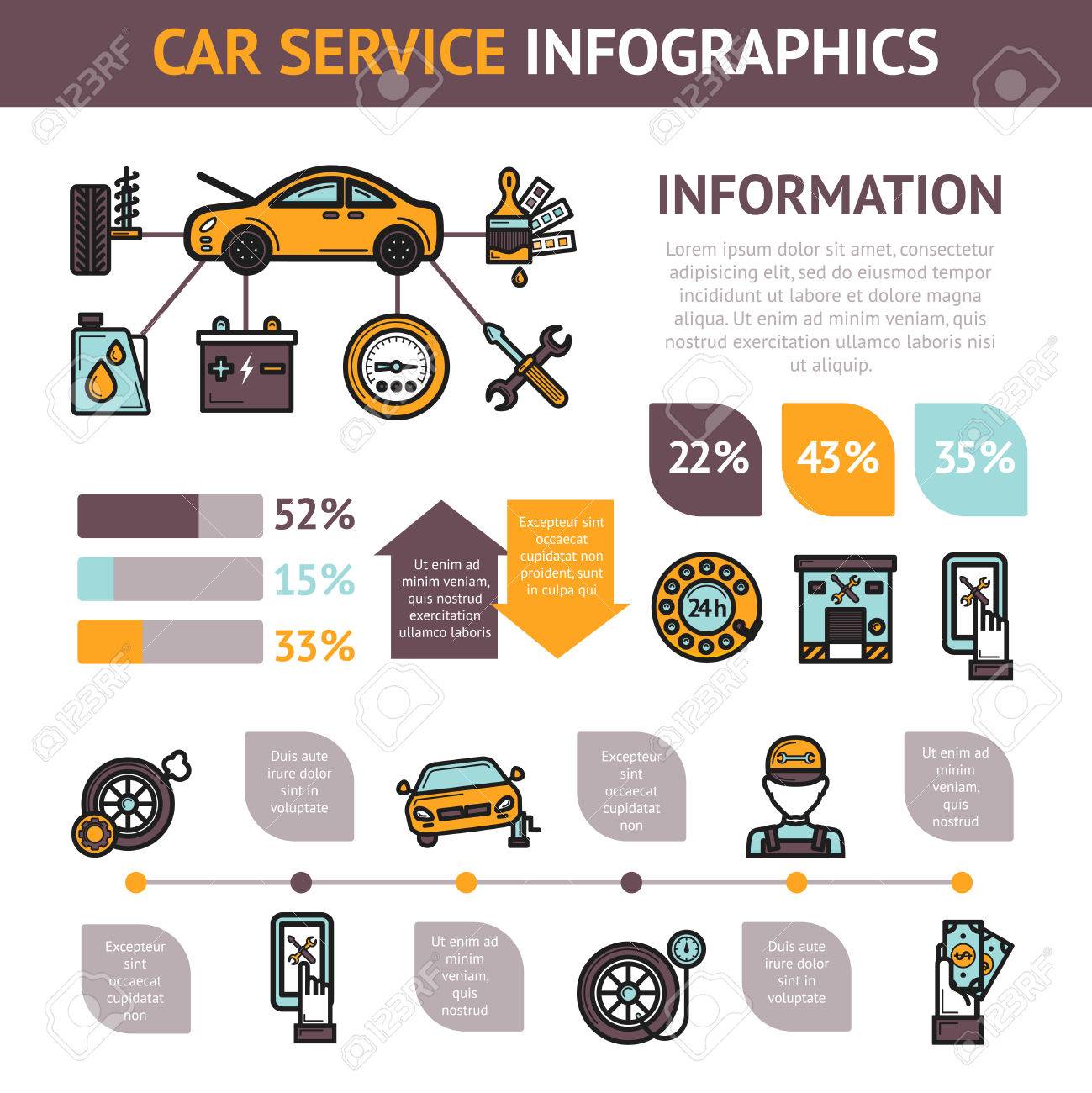When you're behind the wheel, those radiant warning lights on your control panel can be a little bit perplexing. Do you know what they're trying to inform you concerning your vehicle's health? Understanding the significance of these lights is vital for your security and the longevity of your car. So, the following time one of those lights turns up, would not you intend to understand its message accurately and take the essential steps to resolve it?
Common Warning Lighting and Interpretations
Identify usual warning lights in your automobile and understand their meanings to guarantee secure driving.
The most typical caution lights consist of the check engine light, which signifies issues with the engine or exhausts system. If this light begins, it's crucial to have your vehicle checked promptly.
The oil stress warning light indicates low oil pressure, calling for prompt attention to prevent engine damages.
A blinking battery light may recommend a damaged billing system, potentially leaving you stranded if not addressed.
The tire stress tracking system (TPMS) light notifies you to low tire stress, affecting automobile stability and fuel performance. Ignoring car wash might result in dangerous driving conditions.
a knockout post shows a trouble with the anti-lock stopping system, endangering your ability to stop quickly in emergencies.
Lastly, the coolant temperature level alerting light warns of engine getting too hot, which can result in extreme damages if not resolved quickly.
Comprehending these usual warning lights will certainly aid you attend to issues quickly and preserve risk-free driving conditions.
Importance of Prompt Attention
Understanding the usual warning lights in your automobile is just the first step; the value of quickly dealing with these warnings can't be stressed enough to guarantee your safety and security when driving.
When a caution light illuminates on your control panel, it's your car's means of connecting a possible issue that requires interest. Overlooking these warnings can result in a lot more severe issues later on, endangering your safety and potentially costing you extra out of commission.
Motivate interest to alerting lights can avoid failures and mishaps. As an example, a blinking check engine light can suggest a misfire that, if left ignored, could trigger damage to the catalytic converter. Resolving this promptly can save you from a costly repair.
Similarly, a brake system alerting light could signal low brake liquid or used brake pads, vital elements for your safety and security when driving.
DIY Troubleshooting Tips
If you see a warning light on your dashboard, there are a few DIY fixing pointers you can attempt prior to seeking expert help.
The primary step is to consult your auto's manual to recognize what the details caution light indicates. In some cases the concern can be as simple as a loose gas cap setting off the check engine light. Tightening just click the next article might fix the problem.
Another usual issue is a reduced battery, which can set off different cautioning lights. Examining the battery connections for rust and guaranteeing they're safe could repair the trouble.
If a warning light lingers, you can try resetting it by detaching the vehicle's battery for a couple of mins and after that reconnecting it. In addition, inspecting your lorry's liquid degrees, such as oil, coolant, and brake liquid, can help troubleshoot alerting lights related to these systems.
Verdict
Finally, recognizing your cars and truck's warning lights is important for maintaining your lorry running smoothly and securely. By quickly attending to these informs and understanding what they indicate, you can prevent pricey repair services and potential break downs.
Remember to consult your cars and truck's handbook for particular details on each warning light and take action appropriately to ensure a hassle-free driving experience.
Keep educated, remain secure when driving!
